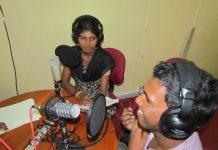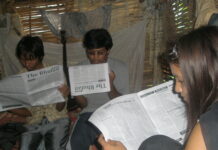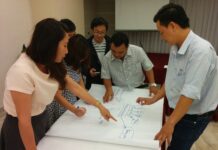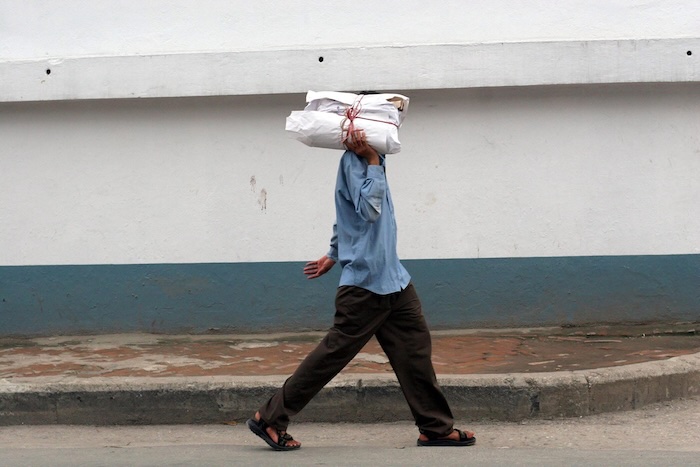
Selecting, training and organising a strong news team is a challenge in any circumstances, but doing so in a refugee camp with no resources is an amazing achievement. One editor explains how it was done.
How to build a news team in a refugee camp setting
by TP Mishra

In the early 2000s a small group of determined Bhutanese living in Nepal’s refugee camps decided to establish a media voice for our new found communities.
Without any resources we created the Bhutan Reporter Monthly and the Bhutan News Service. Despite being inactive now, our mission at the time was to inform, empower, and advocate for media freedom.
With a team of young, determined journalists, we amplified refugee voices. This is the story of how we created and sustained a news team from scratch.
Assembling our news team
The first step was building the team. We started off by identifying those who were passionate about storytelling and communication.
Given the limited access to education and professional opportunities in the camp, we prioritised skills such as literacy, curiosity, and community engagement over formal credentials.
Our team was made up of students, teachers, and unemployed young people – all united by a desire to serve their community through uncovering and sharing news and information.
After setting out our vision in introductory meetings, committed individuals joined our reporting team, bringing diverse perspectives and experiences that helped represent the camps’ varied voices.
Skills and capacity building
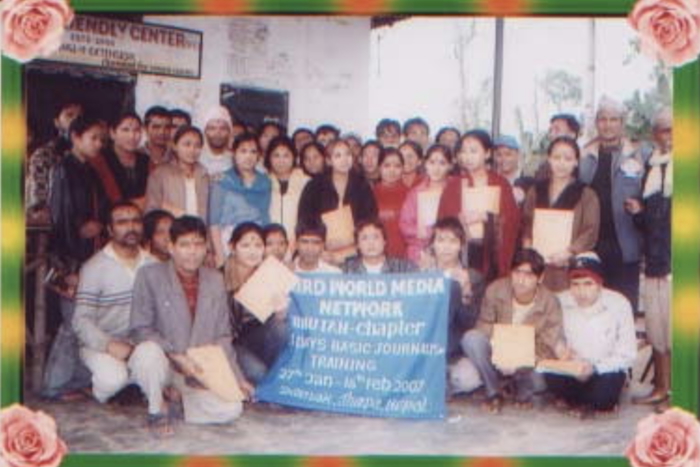
When we started, most team members were new to journalism. Some of my co-founders had basic training, but we all learned together.
We prioritised developing fundamental skills such as fact-based reporting, accurate and clear writing, and active listening. We also introduced ethical concepts such as fairness, integrity, and responsibility.
Through hands-on training and using readily available resources, we taught our team how to conduct interviews, verify information, and craft compelling stories.
We supplemented our in-house training by inviting outside trainers and partnering with NGOs to offer short workshops, which helped us refine our writing and reporting skills.
As we grew, some team members pursued advanced training in online and other forms of journalism, enabling us to expand our storytelling capabilities beyond print and reach a wider audience online.
Motivation and mission
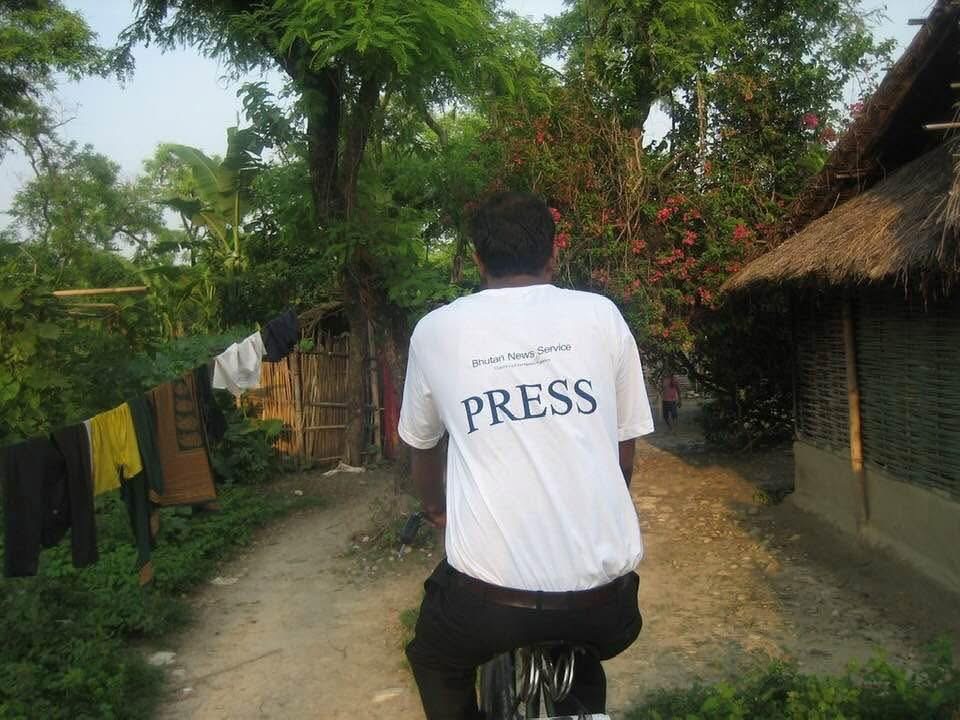
Our team’s motivation stemmed from a deep sense of community and responsibility. We were driven by the understanding that our work gave a voice to the voiceless and informed our fellow refugees about crucial issues affecting their lives.
With seven refugee camps spread across two districts in Nepal, our coverage played a vital role in keeping the community informed about important news and developments within the camps.
Public servants
Additionally, we extensively covered news related to Bhutan, which was of great interest to our readers who were awaiting repatriation.
This shared sense of purpose reminded us that we were not just reporters, but public servants dedicated to serving our community. To uphold the trust placed in us, we established and adhered to a set of core ethical standards from the outset.
We made a conscious effort to avoid spreading gossip and rumours, instead focusing on fact-based reporting.
We also strived to seek out multiple perspectives and give a voice to different sides of an issue. When mistakes occurred, we took ownership and corrected them promptly.
By upholding these simple yet essential principles, we earned the trust and credibility of our readers, who came to rely on us for accurate and informative news.
This bond with our audience sustained us through challenging times and motivated us to continue serving our community with integrity and dedication.
Team organisation and workflow
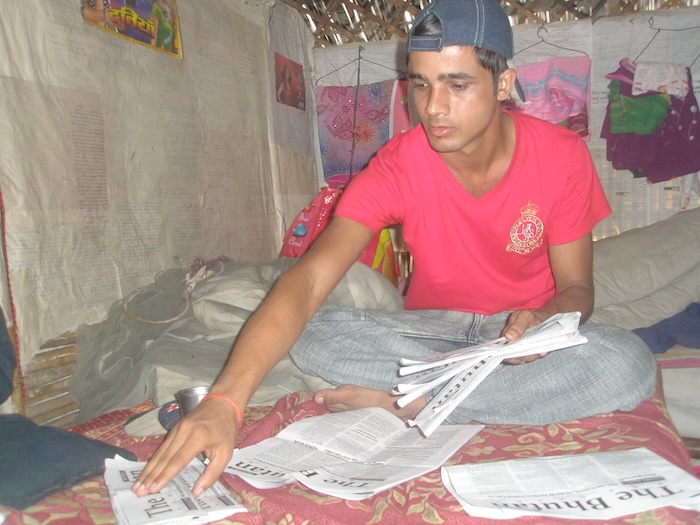
Our team of volunteer reporters operated without formal beat assignments, instead they covered a broad range of topics including education, health, sports, as well as any newsworthy happenings in the refugee camps.
Our reporters were based in the camps, while our editorial team was located in Kathmandu, the capital city of Nepal.
In the early stages, reporters would submit their stories to a central coordinating correspondent, who would type them up at a nearby cyber café and send them to the editorial team.
As technology improved, reporters began emailing their stories directly to editors or sharing breaking news over the phone.
Despite the geographical distance and limited resources, we maintained a regular publishing schedule and ensured that each team member had a clear role.
Our editorial team played a vital part in refining content, reviewing stories for clarity, accuracy, and quality, and providing feedback to help writers improve.
Consistent performers were given more responsibility and opportunities to grow, with some eventually becoming editors themselves.
In my case, I started as a central coordinating reporter and was later promoted to editor after pursuing formal education in journalism and mass communication, which helped me grow professionally and take on new challenges.
Monitoring and growth
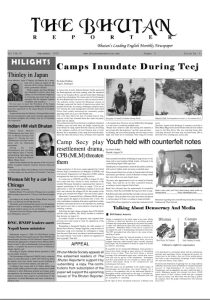
We held regular meetings to review our work and discuss what was going well and what needed improvement.
During these meetings, we shared new ideas, discussed reader feedback, and made changes to our approach when needed. These gatherings also helped us stay united as a team.
As time went on, many of us became more confident and skilled. We grew together by learning from one another, helping each other, and building a sense of ownership in the project.
Those who started as shy contributors later led meetings and trained new volunteers.
Lessons, successes, and challenges
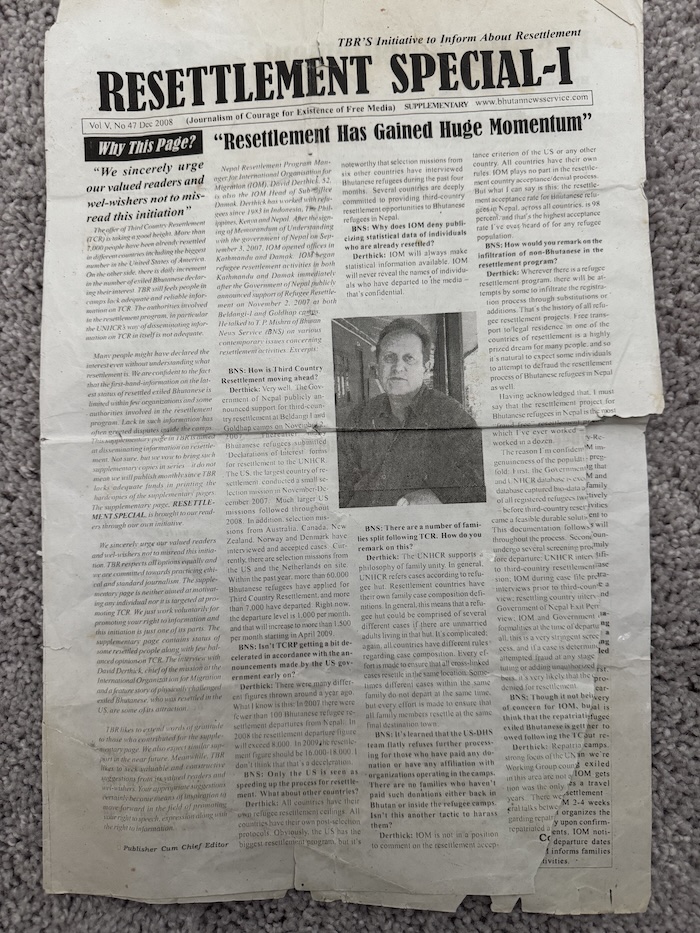
We earned the community’s trust by delivering credible and impactful stories that resonated with readers.
Our reporting sparked meaningful discussions on critical issues, and our work had a broader reach when the UNHCR translated some of our stories and distributed them widely in the refugee camps.
Our work was not without challenges. We struggled to secure funding, which restricted our ability to print and distribute our content. Limited internet access made it difficult to reach wider audiences.
Moreover, we faced censorship and pressure from authorities who didn’t appreciate our reporting, and some of our reporters and editors paid a personal price, facing brief imprisonment for their work.
Despite these difficulties, we never gave up. The experience taught us the power of perseverance, teamwork, and purpose. It showed us that when people work together for something they believe in, they can overcome even the most difficult obstacles.
Conclusion
Building a news team from scratch, without resources or formal support, is a difficult but rewarding journey. In the Bhutanese refugee camps, we created something meaningful using only what we had—our voices, our passion, and our commitment to truth. This story is a guide for others who wish to do the same. Wherever people live, and whatever their circumstances, the right to share stories and seek truth must live on.
Related articles



